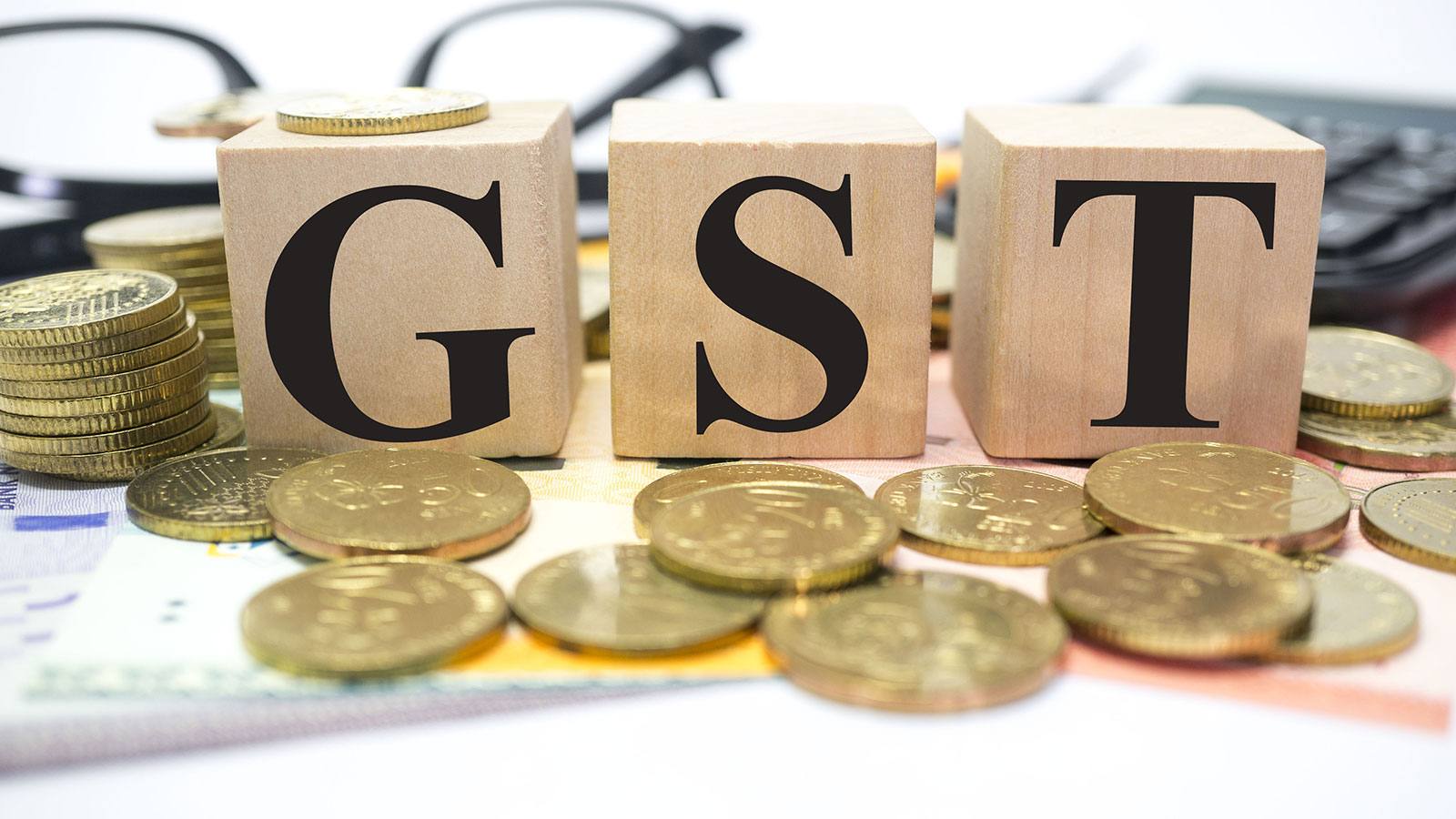
What is GST??
The Goodsand Services Tax (GST) is a ValueAdded Tax (VAT)to be implemented in India. It willreplace all indirect taxes leviedon goods and services by the Indian Central and State governments.It is aimed at being comprehensive for most goods and services. India is a federal republic, andthe GST will thus be implemented concurrently by the central and stategovernments as the Central GST and the State GST respectively. Exports will be zero-rated and imports will be levied the sametaxes as domestic goods and services adhering to the destinationprinciple.
Thetax-rate under the proposed GST would come down, but the number of assesseswould increase by 5-6 times. Although rates would come down, taxcollection would go up due to increased buoyancy.The government is working on a special ITplatform for smooth implementation of the proposed Goods and Services Tax(GST). The IT special purpose vehicle (SPV) christened as GST N (Network) willbe owned by three stakeholders—the centre, the states and the technologypartner NSDL.
What are the benefits of GST?
Under GST, the taxationburden will be divided equitably between manufacturing and services, through alower tax rate by increasing the tax base and minimizing exemptions.
It is expected to helpbuild a transparent and corruption-free tax administration. GST will be islevied only at the destination point, and not at various points (frommanufacturing to retail outlets).
Currently, a manufacturerneeds to pay tax when a finished product moves out from a factory, and it isagain taxed at the retail outlet when sold.
How will it benefit the Centre and the States?
It is estimated that Indiawill gain $15 billion a year by implementing the Goods and Services Tax as itwould promote exports, raise employment and boost growth. It will divide thetax burden equitably between manufacturing and services.
What are the benefits of GST for individuals and companies?
In the GST system, bothCentral and State taxes will be collected at the point of sale. Both components(the Central and State GST) will be charged on the manufacturing cost. Thiswill benefit individuals as prices are likely to come down. Lower prices willlead to more consumption, thereby helping companies.
What type of GST is proposed for India?
India is planning toimplement a dual GST system. Under dual GST, a Central Goods and Services Tax(CGST) and a State Goods and Services Tax (SGST) will be levied on the taxablevalue of a transaction.
All goods and services,barring a few exceptions, will be brought into the GST base. There will be nodistinction between goods and services.
Will this be an extra tax?
It will not be an additional tax. CGST will include central excise duty(Cenvat), service tax, and additional duties of customs at the central level;and value-added tax, central sales tax, entertainment tax, luxury tax, octroi,lottery taxes, electricity duty, state surcharges related to supply of goodsand services and purchase tax at the State level.
What will be the rate of GST?
The combined GST rate isbeing discussed by government. The rate is expected around 14-16 per cent.After the total GST rate is arrived at, the States and the Centre will decideon the CGST and SGST rates.
Currently, services aretaxed at 10 per cent and the combined charge indirect taxes on most goods isaround 20 per cent.
Will goods and services cost more after this tax comes into force?
The prices are expected tofall in the long term as dealers might pass on the benefits of the reduced taxto consumers.
What are the items on which GST may not be applied?
Alcohol, tobacco,petroleum products are likely to be out of the GST regime.
How will GST be implemented?
In a big step forward for thelong-delayed goods and services tax (GST), the Union Cabinet gave its assentlate on Wednesday, 18th December,2014 to the constitutionalamendment bill that needs to be approved before the levy can become reality,with the Centre having made significant concession to get states on board.
The bill is likely to be introduced inParliament on Thursday and the government hopes to roll out GST on April 1,2016, replacing a range of indirect taxes levied by the Centre, states and localbodies with one unifying levy.
Here is the detailed report about GST:
